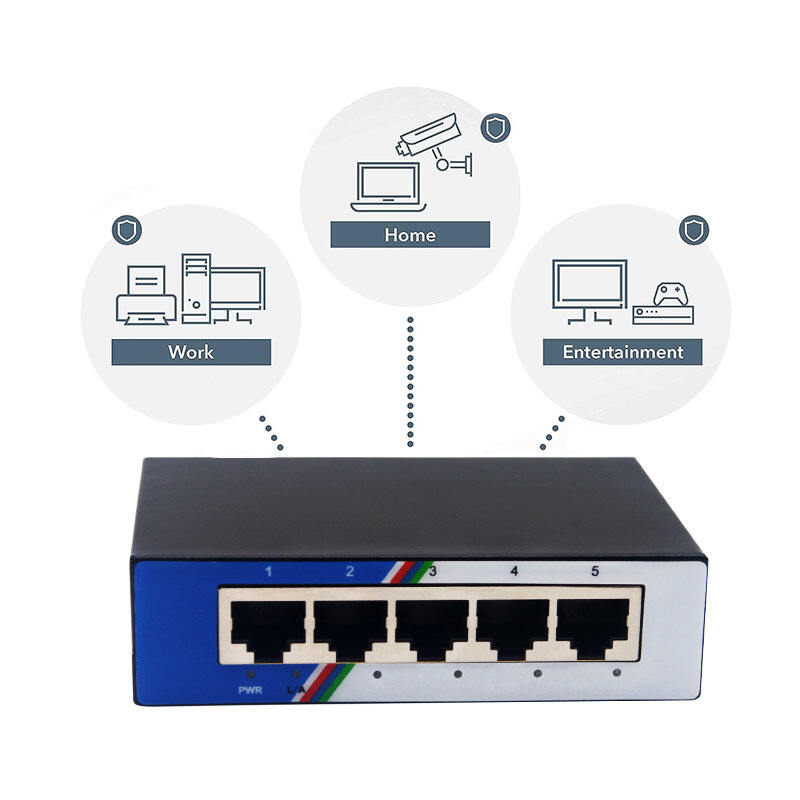
A LAN switch, or local area network switch, is a fundamental networking device that connects devices within a local network, such as computers, servers, and printers, directing data packets only to their intended destination, unlike hubs that broadcast data to all connected devices. This intelligent data routing improves network efficiency, reduces congestion, and enhances security, making the LAN switch a cornerstone of modern network infrastructure. Shenzhen Dasheng Digital Co., Ltd., a national high-tech enterprise with 15 years of expertise in industrial-grade communication equipment, manufactures LAN switches that offer high performance, reliability, and scalability, catering to diverse applications from small offices to large industrial complexes. The LAN switch from this company is engineered to support various data transfer rates, including Fast Ethernet (100 Mbps), Gigabit Ethernet (1 Gbps), and 10 Gigabit Ethernet (10 Gbps), ensuring compatibility with different network requirements. These LAN switches feature advanced management capabilities in managed models, allowing for traffic monitoring, VLAN configuration, and QoS settings, while unmanaged LAN switches provide plug-and-play simplicity for basic setups. The LAN switch is crucial in smart security systems, enabling seamless communication between IP cameras and control centers, and in industrial automation, where real-time data exchange between sensors and controllers is essential. Built with durable components, the LAN switch from Shenzhen Dasheng Digital Co., Ltd. withstands harsh industrial environments, supporting stable operation in extreme temperatures and high electromagnetic interference. Whether deployed in digital education environments to connect interactive whiteboards and student devices or in national defense communications requiring secure data transmission, the LAN switch delivers consistent performance, leveraging the company’s technical accumulation to empower industries in their digital transformation. By integrating a LAN switch, organizations can build efficient, secure, and scalable local networks, ensuring smooth data flow and supporting the growing number of connected devices in the modern world.
